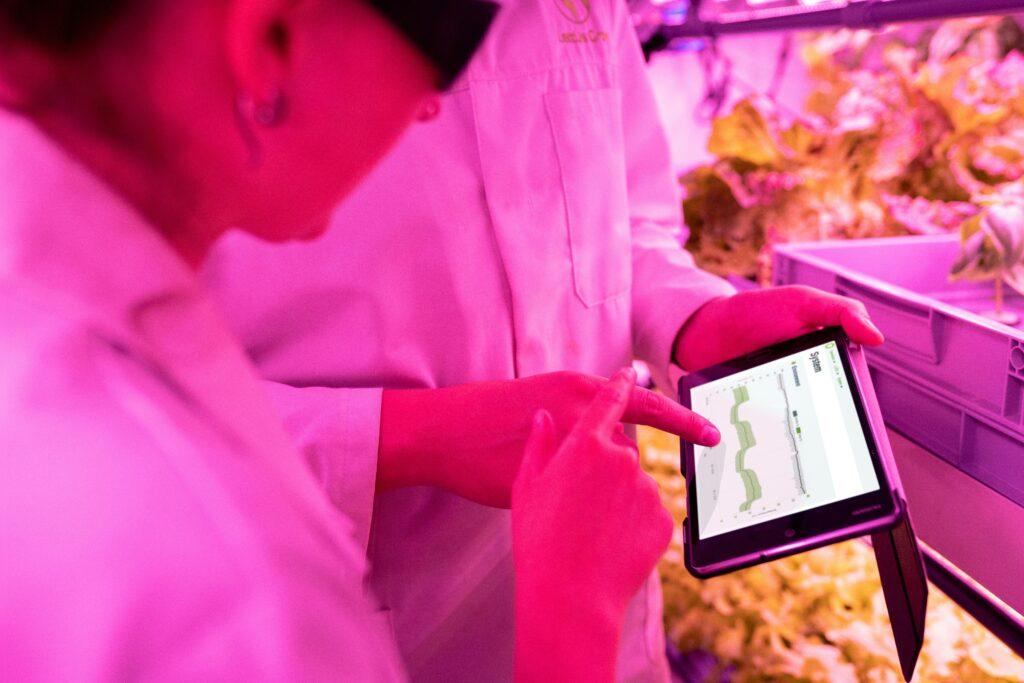Introduction:
The agricultural sector is undergoing a profound digital transformation, revolutionizing traditional procurement practices and paving the way for greater efficiency, transparency, and innovation. In this comprehensive guide, we’ll explore the key components of digital transformation in agricultural procurement, from e-procurement platforms and supply chain visibility tools to blockchain technology and artificial intelligence. By embracing digital solutions, procurement managers can optimize their processes, streamline operations, and drive value for their organizations in the fast-paced and dynamic agricultural marketplace.
E-Procurement Platforms:
Implement e-procurement platforms to digitize and automate procurement processes, from sourcing and vendor management to purchase order creation and invoice processing. Utilize cloud-based solutions that offer scalability, flexibility, and integration with existing enterprise systems.
Streamline supplier onboarding, bidding, and contracting processes through e-procurement portals that provide suppliers with self-service capabilities and real-time access to procurement opportunities. Standardize procurement workflows, approval processes, and documentation to improve efficiency and compliance.
Supply Chain Visibility Tools:
Leverage supply chain visibility tools to gain real-time insights into the movement of goods, inventory levels, and supplier performance across the agricultural supply chain. Utilize IoT sensors, RFID tags, and GPS tracking devices to monitor product location, temperature, and condition in transit.
Integrate supply chain visibility data with procurement systems and analytics platforms to optimize inventory management, demand forecasting, and logistics planning. Leverage predictive analytics algorithms to anticipate supply chain disruptions, mitigate risks, and ensure on-time delivery of products.
Blockchain Technology:
Explore the transformative potential of blockchain technology to enhance transparency, traceability, and trust in agricultural procurement. Implement blockchain-based solutions to create immutable records of transactions, track product provenance, and verify compliance with regulatory requirements.
Utilize blockchain-enabled smart contracts to automate procurement processes, enforce contract terms, and streamline transactions while reducing the risk of fraud, disputes, and errors. Collaborate with industry partners to establish blockchain consortia and networks that promote interoperability and data sharing across the agricultural supply chain.
Artificial Intelligence and Predictive Analytics:
Harness the power of artificial intelligence (AI) and predictive analytics to optimize procurement forecasting, demand planning, and supplier selection. Leverage AI-driven algorithms to analyze historical procurement data, identify patterns, and uncover hidden insights that drive smarter decision-making.
Implement AI-powered chatbots, virtual assistants, and natural language processing (NLP) technologies to enhance user experience and automate routine procurement tasks such as supplier inquiries, order tracking, and invoice processing. Utilize predictive analytics models to forecast demand, optimize inventory levels, and minimize stockouts and excess inventory.
Mobile Procurement Solutions:
Empower procurement professionals with mobile procurement solutions that enable anytime, anywhere access to procurement data, workflows, and approvals. Develop mobile applications that provide users with real-time visibility into procurement activities, supplier communications, and purchase requisitions.
Enable mobile procurement capabilities such as barcode scanning, electronic signatures, and push notifications to streamline procurement processes and enhance productivity. Ensure mobile applications are user-friendly, intuitive, and secure, with robust authentication and encryption mechanisms to protect sensitive data.
Change Management and Training:
Implement change management strategies to facilitate the adoption of digital procurement solutions and overcome resistance to change within the organization. Communicate the benefits of digital transformation, provide training and support to users, and solicit feedback to address concerns and improve user adoption.
Develop training programs and educational resources to build procurement professionals’ skills and capabilities in using digital tools and technologies. Offer ongoing training and professional development opportunities to keep pace with advancements in digital procurement and ensure proficiency among procurement staff.
Conclusion:
Digital transformation is reshaping agricultural procurement, offering unprecedented opportunities for efficiency, innovation, and value creation. By embracing e-procurement platforms, supply chain visibility tools, blockchain technology, artificial intelligence, mobile procurement solutions, and change management strategies, procurement managers can lead their organizations into the digital age and unlock new levels of efficiency and competitiveness in the agricultural marketplace. With a strategic approach to digital transformation and a commitment to continuous improvement, procurement managers can drive lasting change and position their organizations for success in the digital era.

